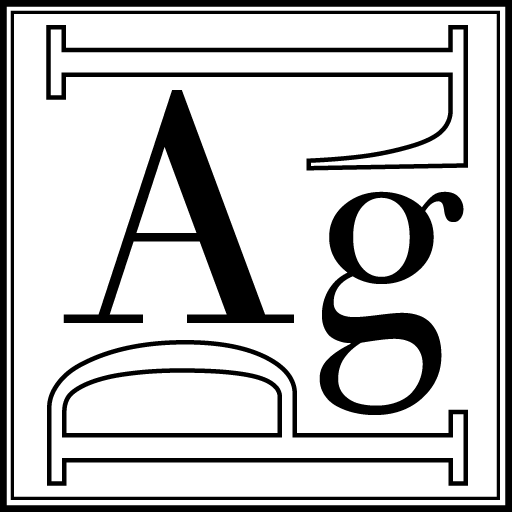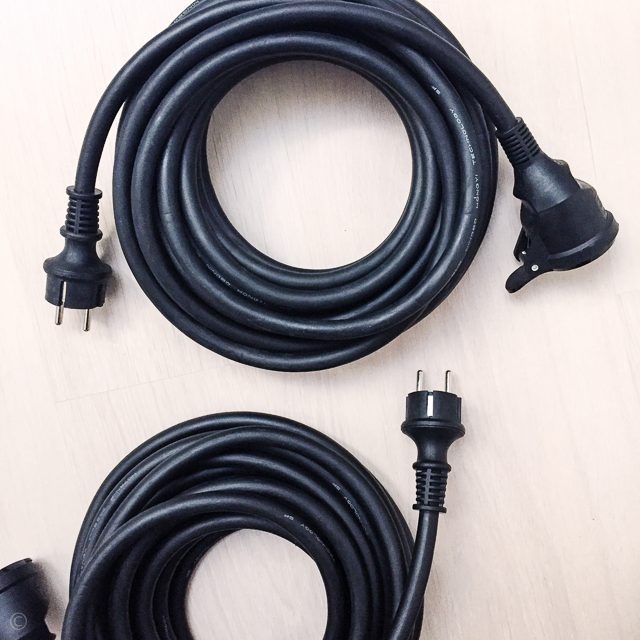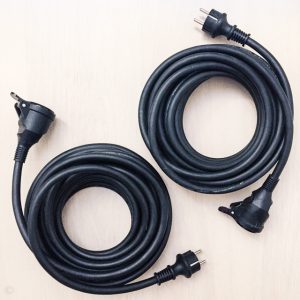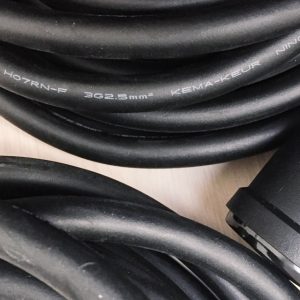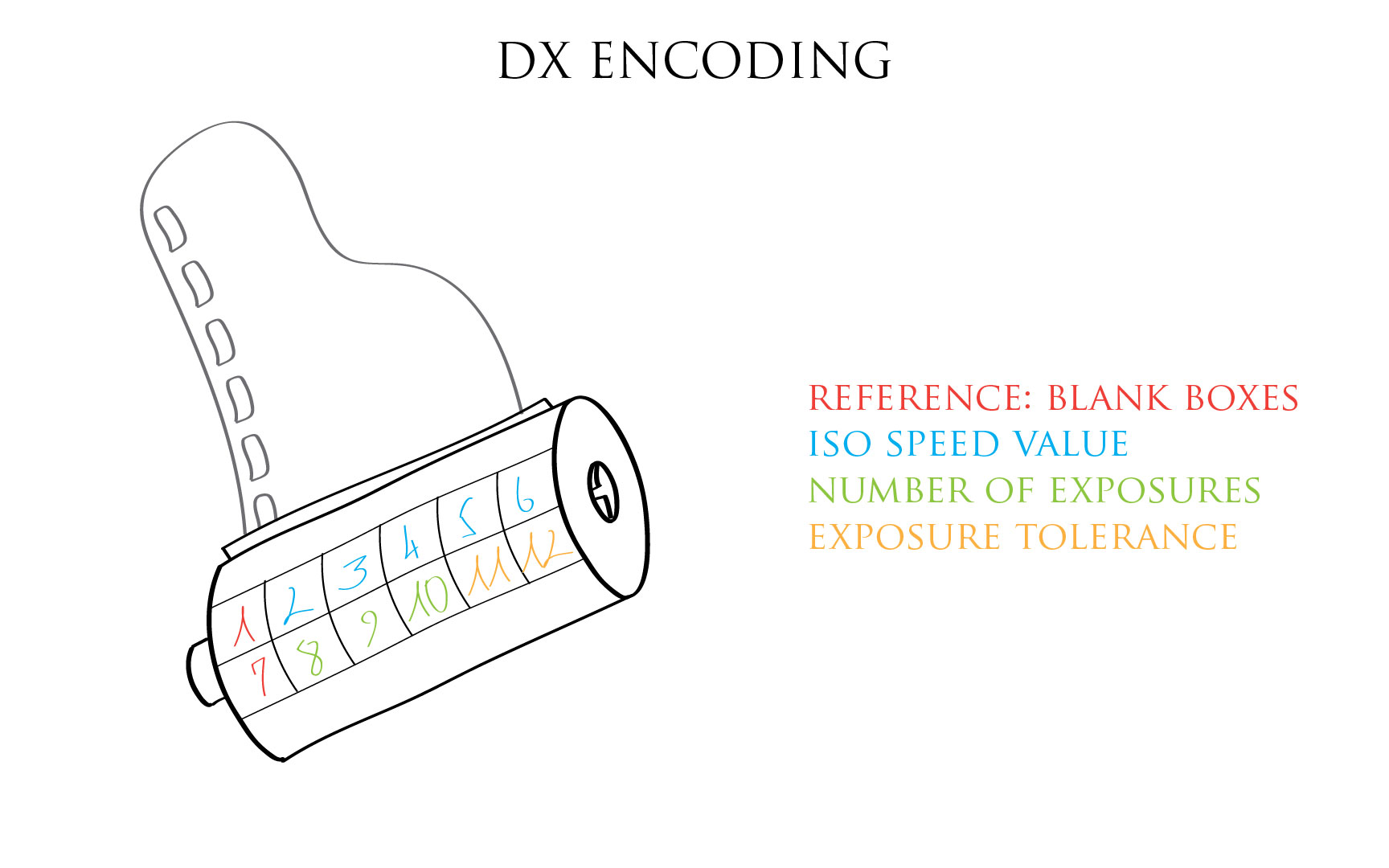Gear, gear, once again, grrr! well at least I’m plugged in now!
I needed some safe and properly sized extension cords for my new 2KW continuous lights.
This amount of power is approximately equivalent to 9 Amps here in Europe (P = U x I = 220V x 9A or ~2000W=2KW). Double that for countries running on 110V (main disadvantage of a lower reference voltage).
Cable cross section table
12 AWG <=> 3.31 mm²
14 AWG <=> 2.08 mm²
16 AWG <=> 1.31 mm²
The admitted maximum length recommendation for a current of 9 Amps is about 20-25 meters (66-82 feet) for a cable cross section of 1.5 mm² (~15 AWG) in order to avoid cable over-eating, which in turn can trigger a fire.
So in theory I could make do with a cable section of 1.5 mm² but for my extension cords I chose to go up a notch and went for 2.5 mm² (10 meters 3 strand) for 2 reasons:
1. A conductor Resistance is inversely proportional to its cross section. So for a given cable length, the bigger the cross section the lesser the Resistance. Therefore I’ve got more light for my money (ok, I should use a lot of electricity for it to be obvious, but still). More importantly I increase my security threshold as I decrease the risk of over-eating c.f. point 2 below
2. The other reason, quite important to my mind is durability. Extension cords live on the floor, they’re bumped into, walked onto, sometimes pinched involuntarily under a tripod or by a door, and they are intensively handled. They live a hard life. This accelerated aging can lead to loss of effective cable cross section and make them dangerous. So it’s wise to start with more than the necessary gauge.
The bigger the better and as my grandma is used to saying “too much has never been short”. So I went for 2.5 mm² as it’s more durable and safer.
Just for reference, the rule of thumb is 10 Amps per mm², so I’m well above regrading pure electrical safety guidelines, but it’s on purpose: continuous lights are more heavily handled than electric radiators (hungry electrical beasts) which for some require even less power.
